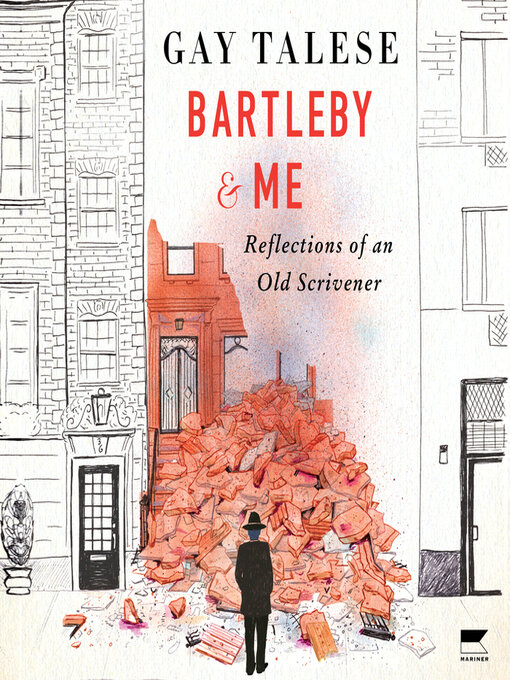"Literary Legend" (New York) Gay Talese retraces his pioneering career, marked by his fascination with the world's hidden characters.
In the concluding act of this ""incomparable"" (Air Mail) capstone book, Talese introduces readers to one final unforgettable story: the strange and riveting all new tale of Dr. Nicholas Bartha, who blew up his Manhattan brownstone—and himself—rather than relinquish his claim to the American dream.
"New York is a city of things unnoticed," a young reporter named Gay Talese wrote sixty years ago. He would spend the rest of his legendary career defying that statement by celebrating the people most reporters overlooked, understanding that it was through these minor characters that the epic story of New York and America unfolded. Inspired by Herman Melville's great short story "Bartleby, the Scrivener," Talese now revisits the unforgettable "nobodies" he has profiled in his celebrated career—from the New York Times's anonymous obituary writer to Frank Sinatra's entourage. In the book's final act, a remarkable piece of original reporting titled "Dr. Bartha's Brownstone," Talese presents a new "Bartleby," an unknown doctor who made his mark on the city one summer day in 2006.
Rising within the city of New York are about one million buildings. These include skyscrapers, apartment buildings, bodegas, schools, churches, and homeless shelters. Also spread through the city are more than 19,000 vacant lots, one of which suddenly appeared some years ago—at 34 East 62nd Street, between Madison and Park Avenues—when the unhappy owner of a brownstone at that address blew it up (with himself in it) rather than sell his cherished nineteenth-century high-stoop Neo-Grecian residence in order to pay the court-ordered sum of $4 million to the woman who had divorced him three years earlier. This man was a physician of sixty-six named Nicholas Bartha. On the morning of July 10, 2006, Dr. Bartha filled his building with gas that he had diverted from a pipe in the basement, and then he set off an explosion that reduced the fivestory premises into a fiery heap that would injure ten firefighters and five passersby and damage the interiors of thirteen apartments that stood to the west of the crumbled brownstone.
Talese has been obsessed with Dr. Bartha's story and spent the last seventeen years examining this single 20 x 100 foot New York City building lot, its serpentine past, and the unexpected triumphs and disasters encountered by its residents and owners—an unlikely cast featuring society wannabes, striving immigrants, Gilded Age powerbrokers, Russian financiers, and even a turncoat during the War of Independence—just as he has been obsessed with similar "nobodies" throughout his career. Concise, elegant, tragic, and whimsical, Bartleby and Me is the valedictory work of a master journalist.


